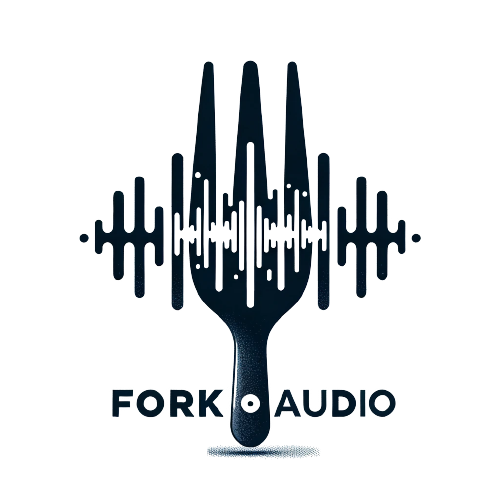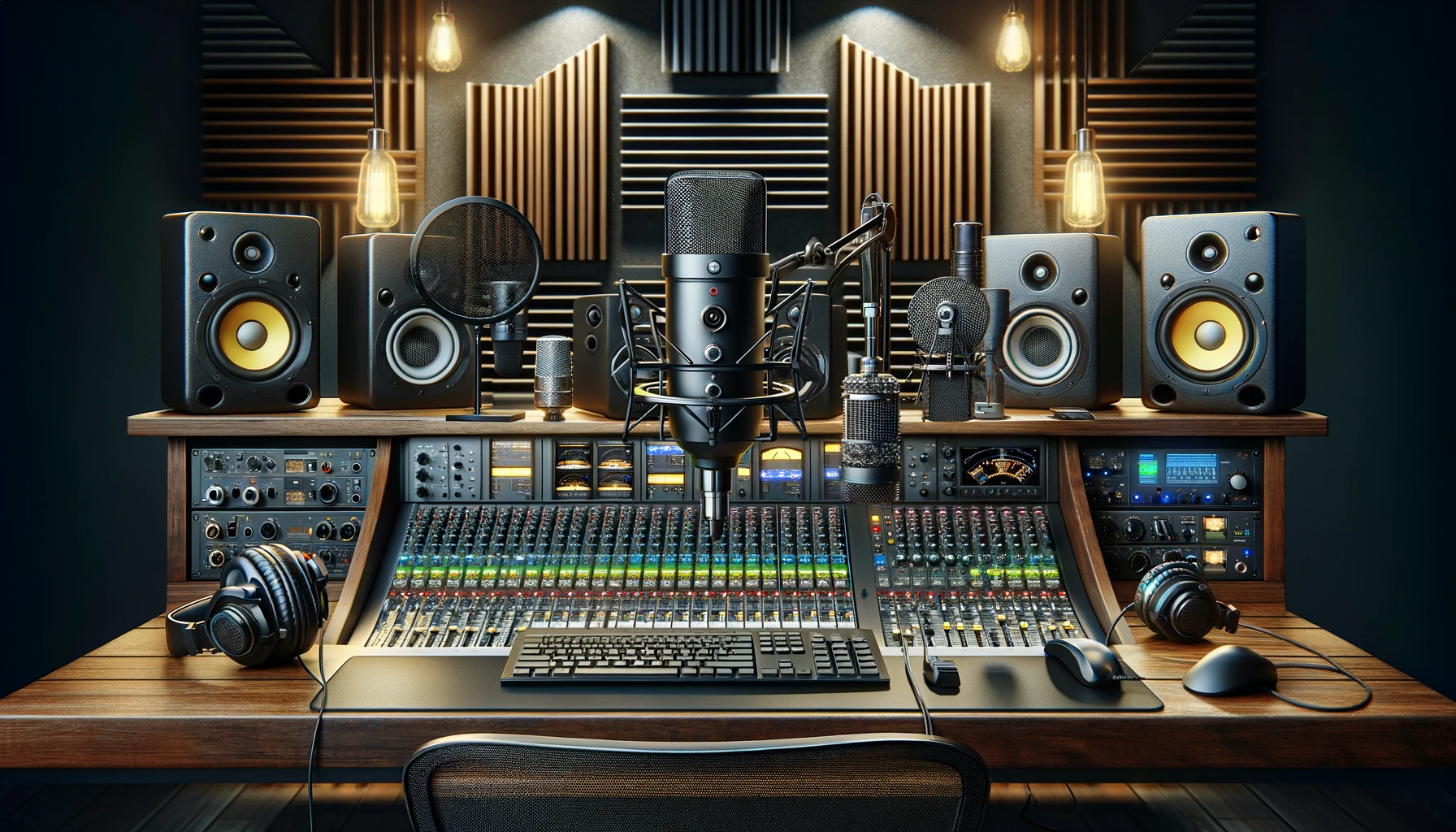Ultimate Audio Gear Guide
In the world of professional audio production, having the right gear isn’t just a luxury—it’s a necessity. Whether you’re a seasoned sound engineer, a budding music producer, or a podcast professional, the quality of your audio can make or break your project. This comprehensive guide delves into the essential audio equipment you need to elevate your sound to professional standards.
1. Microphones: Your Frontline Audio Tool
At the heart of any professional audio setup is a good microphone. The choice of microphone can drastically affect the timbre and clarity of your recordings.
- Condenser Microphones: Ideal for capturing vocals and high frequencies with precision. They are sensitive and offer a high-quality audio signal, making them a staple in studio settings.
- Dynamic Microphones: Known for their reliability and durability, dynamic microphones are excellent for recording loud sources like drums and amplified instruments, as they can handle high sound pressure levels.
- Ribbon Microphones: Though delicate, they are revered for their ability to capture sound with a warm, classic tone. Ribbon mics are fantastic for capturing the subtle nuances of acoustic instruments and room ambiances.
Tip: When selecting a microphone, consider the sound source and the acoustic environment. Use a pop filter to minimize plosives in vocal recordings and invest in a good shock mount to reduce handling noise.
2. Audio Interfaces: The Gateway to Quality Sound
An audio interface acts as the bridge between your microphones/instruments and your computer. It converts analog signals into digital audio data that your software can process.
- Key Features to Look For:
- Preamps: Quality preamps boost the microphone signal without adding unwanted noise.
- Bit Depth and Sample Rate: Look for at least 24-bit depth and 96kHz sample rate to ensure high-resolution sound recording.
- Latency: Lower latency is crucial for real-time monitoring without delay.
- I/O Ports: Ensure it has enough inputs and outputs to accommodate your gear.
Tip: Always check for driver stability and compatibility with your operating system to avoid connectivity issues.
3. Mixers: Blending Sounds with Precision
Mixers allow you to balance, route, and process multiple audio signals. Whether analog or digital, each type offers unique features.
- Analog Mixers: They provide a warm sound and hands-on control but are generally bulkier and require more outboard gear.
- Digital Mixers: These mixers are compact and loaded with built-in effects, EQs, and dynamic processing. They are ideal for setups with limited space and offer presets and automation features.
Tip: Consider the number of channels you need—plan for current and future needs to avoid outgrowing your mixer prematurely.

4. Headphones and Monitors: Critical Listening Tools
Accurate monitoring is crucial for making informed decisions about your mix.
- Studio Monitors: Offer flat frequency response to provide an accurate representation of the sound. Positioning and room acoustics significantly impact their performance.
- Headphones: Closed-back headphones are fabulous for tracking due to their sound isolation, while open-back headphones are preferred for mixing due to their wider soundstage.
Tip: Invest in acoustic treatment for your room to optimize the performance of your monitors and ensure accurate sound reproduction.
5. Software and Plugins: Expanding Your Audio Palette
Digital Audio Workstations (DAWs) are the platforms where audio recording, editing, and mixing takes place. Popular DAWs include Ableton Live, Pro Tools, and Logic Pro. Each has its strengths, so choose one that aligns with your workflow.
- Plugins: These are software add-ons that extend the capabilities of your DAW, offering everything from advanced EQs, compressors, and reverbs to virtual instruments and effects.
- Virtual Instruments: From realistic drum kits to orchestral sounds, virtual instruments can significantly enhance your production capabilities.
Tip: Start with essential plugins like EQs, compressors, and limiters. Explore trial versions to find what works best for you before investing.
6. Cables and Accessories: The Unsung Heroes
Quality cables can preserve the integrity of your audio signal. Invest in good XLR, TRS, and MIDI cables to ensure clear signal transmission without interference.
- Power Conditioners: Protect your gear from power surges and ensure a consistent voltage supply, which is crucial for maintaining the longevity and performance of your equipment.
Tip: Label your cables and organize them with cable ties to avoid a tangled mess and make troubleshooting easier.
Conclusion
The ultimate audio gear setup for professionals requires thoughtful selection and investment in quality components. By understanding and choosing suitable microphones, interfaces, mixers, monitors, software, and accessories, you can create a robust and efficient workflow that meets the demands of professional audio production. Remember, the goal is not just to collect equipment but to create a cohesive and functional environment that enhances your creative output. Happy recording!

